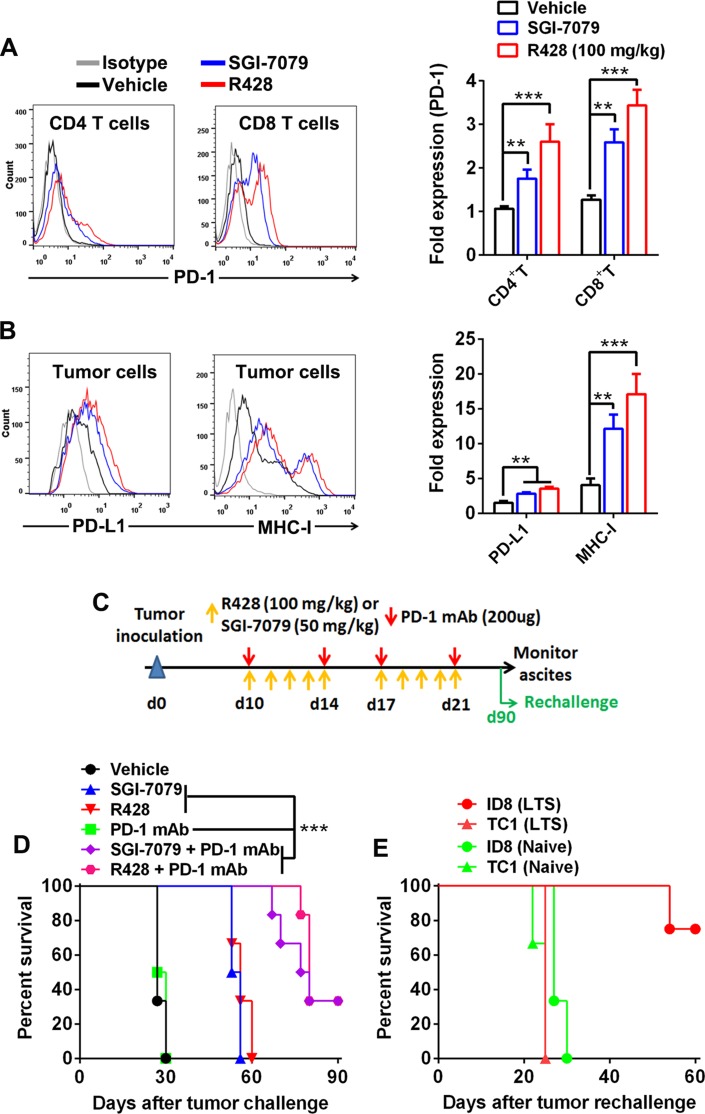Figure 6. Axl inhibition activates PD-1/PD-L1 pathway and produces a synergistic antitumor effect with PD-1 blockade.
(A–B) C57BL/6 mice (3 per group) bearing 10-day-established ID8 tumors were treated with control vehicle, R428 or SGI-7079 for 5 days and tumor cells and tumor-infiltrating T cells were analyzed by FACS. (A) The representative FACS plots (left) and statistical results (right) of PD-1 expression on tumor-infiltrating CD4+ T cells and CD8+ T cells. (B) The representative FACS plots (left) and statistical results (right) of PD-L1 and MHC-I expression on tumor cells. (C) Schematic regimen for combined Axl inhibition (R428 or SGI-7079 treatment) and PD-1 blockade in ID8 tumor-bearing mice. (D) C57BL/6 mice (6 per group) bearing 10-day-established ID8 tumors were treated with either single or combined R428/SGI-7079 and anti-PD-1 mAb for two weeks and their overall survival was evaluated. (E) Ninety days after first tumor challenge, long-term survivors (LTS) were rechallenged with ID8 (i.p.) or unrelated TC1 (s.c.) tumor cells and their tumor growth was evaluated. Naïve mice with same challenge were used as controls. Data are representative of two (A and B) or three (D) independent experiments, **p < 0.01, ***p < 0.001, one-way ANOVA followed by Tukey's multiple comparisons test (A and B) or log-rank test (D).

